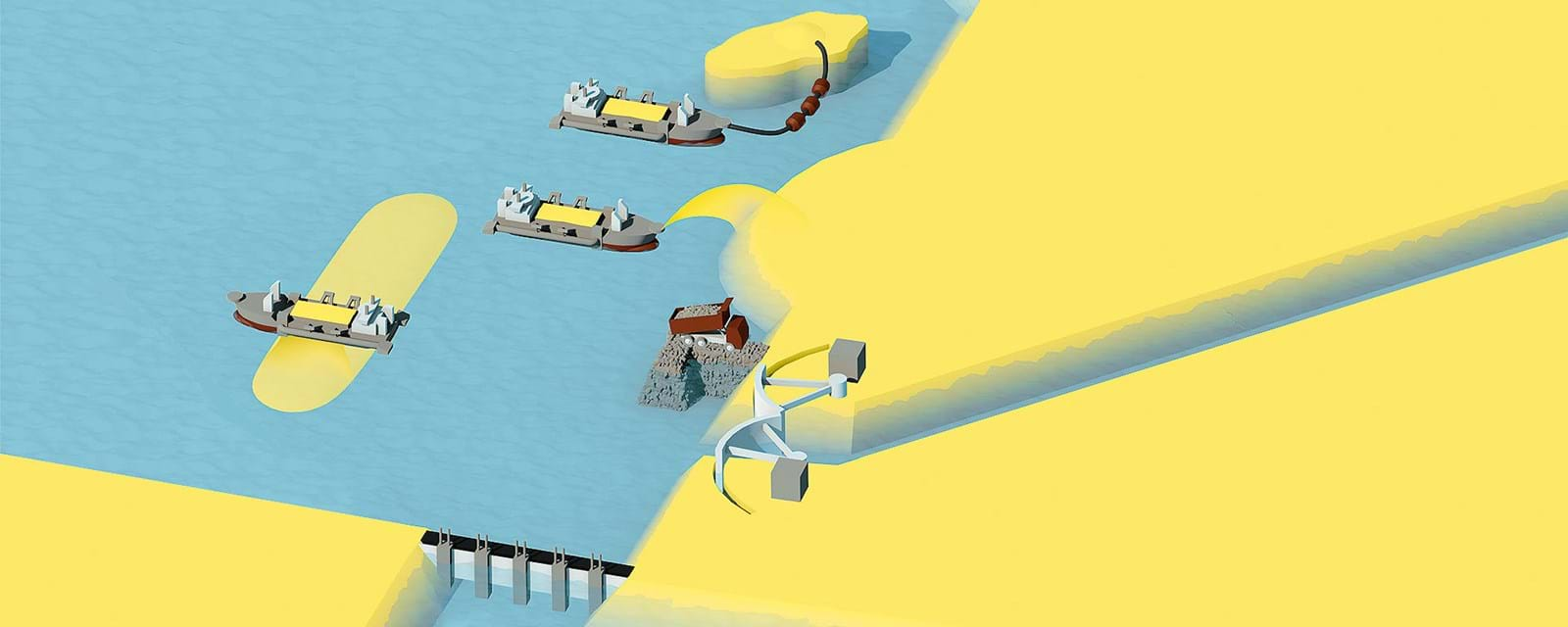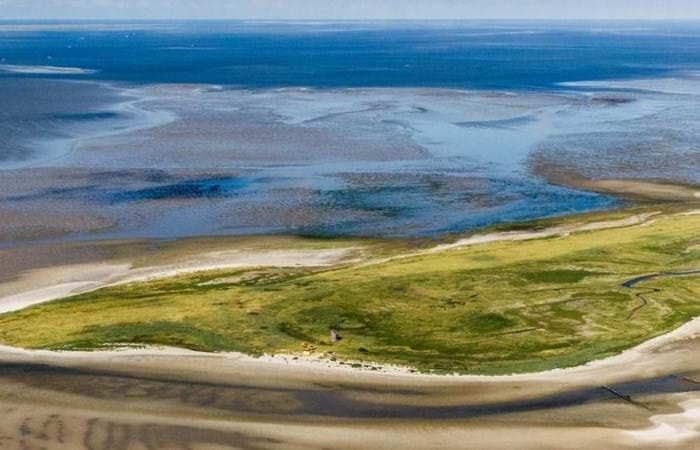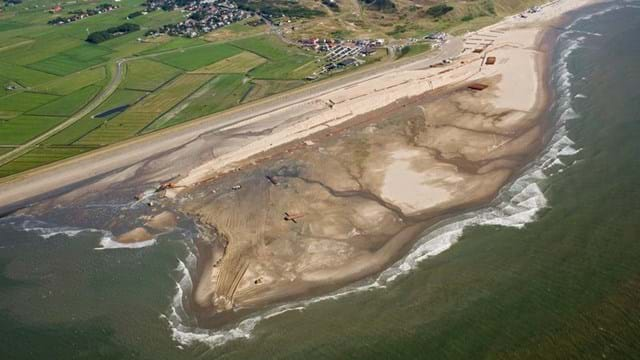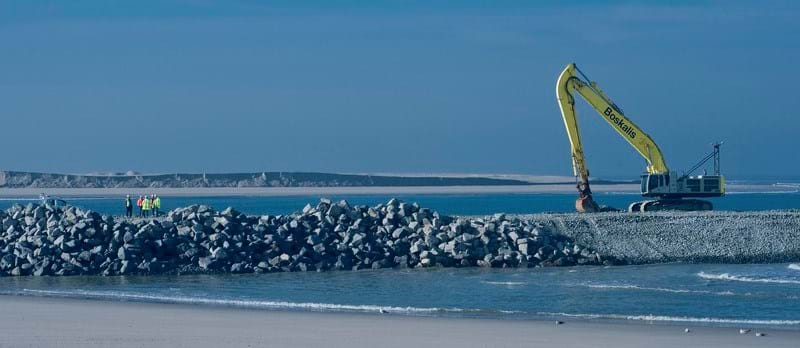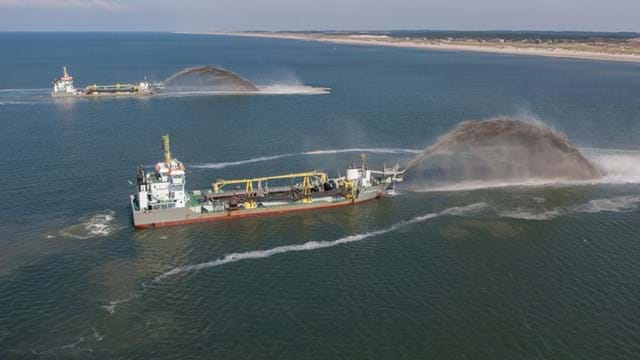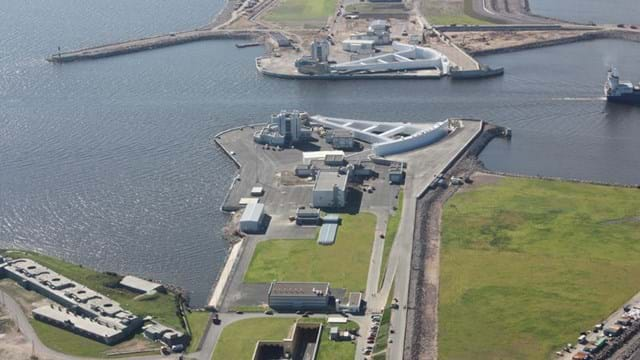With its roots in the Netherlands, Boskalis has over 100 years’ experience in coastal protection. Today we design, construct and maintain hard sea defenses such as dikes, dams and flood barriers. In addition, we offer environmentally sensitive soft sea defense solutions through the creation of wave-reducing islands, beach replenishment or the construction of a so-called sand motor to spread sand along the coast from a central replenishment location using natural forces.
Shoring up coastlines around the world
We put our vast experience and expertise to good use protecting coastlines and boosting flood defenses around the world. Ensuring safety while maintaining a well-balanced ecosystem are key. As part of our integrated solutions, we can provide both economic and environmental assessments to ensure the ideal delivery of your coastal protection project.
Climate change, sea level rise and extreme weather are increasing the need for coastal protection around the world.
Our coastal protection solutions
